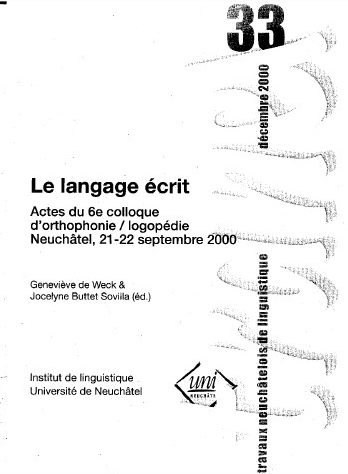Vision et langage: quelle importance du traitement en parallèle?
DOI :
https://doi.org/10.26034/tranel.2000.2681Résumé
The visual system of man and of non-human primates is organised in a way which favours parallel processing. Different aspects of visual information, such as colour, shape or motion are processed independantly. Focal hemispheric lesions can thus cause very selective deficits. The parvo- and magnocellular pathways, specialised in the processing of psychophysically different visual stimuli, have separate representations at the cortical level. Two main pathways are involved in visual recognition and in visuo-spatial functions respectively. Lesions that occur in the adult and remain restricted to one or the other pathway are accompanied with distinct types of visual agnosia. Early occurring deficit in magnocellular processing was proposed to play a role in developmental dyslexia. Models of reading based on observations in normal subjects and the occurrence of different types of alexia following brain damage suggest that several neural pathways are involved in reading. Although these pathways have not been yet identified anatomically, recent experimental work demonstrated the largely parallel connections between structures known to be involved in reading.Téléchargements
Publié-e
01-12-2000
Comment citer
Clarke, S. (2000). Vision et langage: quelle importance du traitement en parallèle?. Travaux neuchâtelois De Linguistique, (33), 67–81. https://doi.org/10.26034/tranel.2000.2681
Numéro
Rubrique
Article thématique


